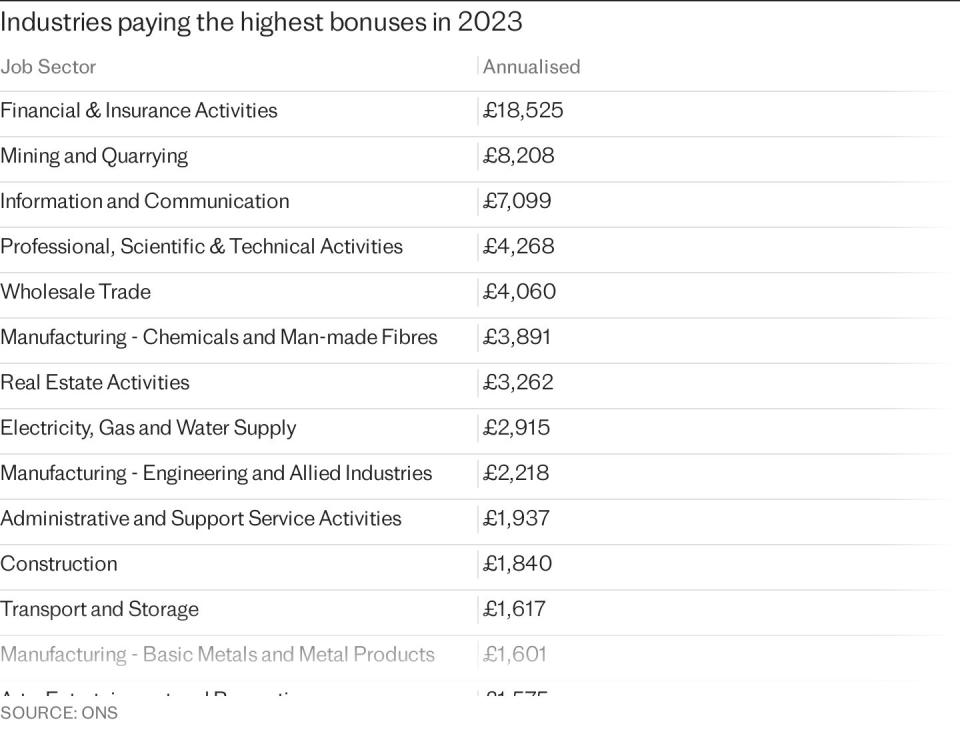Women thrive in these businesses – this is why

Have you found an industry or company that is particularly good (or bad) at promoting women into senior roles? We want to hear from you, email money@telegraph.co.uk
Dame Marjorie Scardino made history when she became the first female chief executive of a FTSE 100 company in 1997. Based on current data, however, you would be forgiven for thinking this milestone was reached three years ago, rather than nearly three decades.
Of the 260 chief executive roles available at FTSE 350 companies – the largest listed companies in the UK – just 21 are currently filled by a woman. If you narrow that down to those that have both a female chairman and chief executive, the number falls to a measly four.
But while the challenge to get more women into the top corporate jobs remains, there are positive numbers to be found in the latest FTSE Women Leaders review. The number of women in leadership positions in FTSE 100 companies has increased to 35.2pc, up from 34.3pc last year, while in the FTSE 250, the proportion has jumped from 32.8pc to 33.9pc.
In some industries, such as media and retail, more than four in ten leadership positions are held by women. Here, Telegraph Money takes a look at the sectors where women are thriving – and why.
The industries promoting women to top jobs
Burberry Group is the best performing company in the FTSE 100 when it comes to women in leadership, with 55.2pc of their top roles held by women, according to the report. Marks and Spencer, Next, National Grid and Lloyds Bank make up the top five, all with women making up more than 45pc of leadership roles.
At the other end of the spectrum, the mining company Fresnillo is the poorest performer, with just 12.1pc of top roles held by women. Its mining competitors Endeavour Mining and Antofagasta come in second and third last, with 18.4pc and 19pc respectively.

For those looking for women-friendly industries, however, it’s worth taking stock of the numbers for each field – and there are some surprises.
The best performing sector, according to the FTSE Women Leaders review, is utilities. About 41.5pc of leadership positions are held by women and 42.2pc of board seats are, too. Media companies also do well by these metrics. Women hold 41.1pc of leadership roles in the industry and 42.5pc of board seats.
Retail, banks and insurance companies also do well – but why?
1. Utilities – 41.5pc of leadership positions, 42.2pc of board seats
Utility companies, such as water suppliers or electricity providers, have a high proportion of women in leadership positions, but experts say that this is mainly down to more external scrutiny rather than internal momentum.
“Utilities excel in promoting women due to increased scrutiny from investors, especially in larger and publicly listed firms,” said Rebecca Cook, a human resources director at advertising agency Live and Breathe.
“These companies are more likely to adopt comprehensive gender employment practices, and this can attract and nurture diverse talent pools. Consequently, women find ample opportunities for career advancement.”

Michael Smets, professor of management at the University of Oxford’s business school, agreed, adding that utilities would face more government scrutiny than other large corporations on top of this.
Smets also pointed to what is known as the “glass cliff” phenomenon. This is where companies tend to “think manager, think man, but think crisis, think woman”.
“In contrast to a ‘glass ceiling’, where women struggle to be promoted, ‘glass cliff’ situations make it more likely for women to be promoted, albeit in difficult circumstances that make them more likely to fail,” said Smets. “This logic applies to the utility sector, where a radical rethink is needed.”
There has also been an active push within the industry to offer mentorship programmes, according to Judith Germain, a leadership consultant, while clear improvement at companies such as National Grid and Anglian Water helps to accelerate this trend.
2. Media – 41.1pc of leadership positions, 42.5pc of board seats
It makes sense that media is among the top performing industries for senior role representation – it has a larger female workforce already, so it is statistically more likely that more women will rise to the top. The best performing companies in the industry include ITV and the publishers Pearson, according to the FTSE Women Leaders review.
“Media has more of a female heritage and has attracted women at all levels, and ultimately into leadership roles,” said Nicola Skorko, who coaches women and organisations in how to bring more women into more senior positions. “Having role models at the most senior levels creates a clear path — it’s the opposite of ‘it’s hard to be what you can’t see’.”
Outside this, experts said one of the main reasons that the media industry has a high proportion of women in leadership was simple – it has to.
“The primary reason is a critical one. Women can lead organisations to reach and engage with female and mixed audiences, so it is a necessity,” said Deborah Collier, head of leadership at Digital Skills Authority.
Dr Patapia Tzotzoli, a clinical psychologist who works on leadership qualities, agreed. She said it was a sector driven by creativity, communication and the “need to reflect a diverse audience base in its content and leadership”.
3. Retail – 39.8pc of leadership positions, 39.8pc of board seats
The retail industry has typically been seen as more “women-friendly”, especially at entry level, so it too benefits from simply having more women in the workforce. John Lewis Partnership leads the charts within the retail category, with 60pc of board positions and 62.3pc of leadership positions held by women.
There are other reasons that retail has generally been a good bet for women who want to rise to the top, however.

“Historically, retail has been seen as a female dominated sector. Retailers offered contracts that could work around school or term-time and the industry has a great history of people starting on the shop floor and moving into head office roles,” said Jessia Lorimer, founder of Selling to Corporate, a sales consultancy.
Smets suggested that desired leadership traits in this industry were more stereotypically female: “nurturing, empathetic, client-centric and service-oriented”.
According to Cook, the industry has also made active strides in this area. Many retail businesses have redesigned policies around parental leave, and introduced initiatives to support staff back to work after children or during menopause.
4. Banking – 39.4pc of leadership positions, 40.9pc of board seats
It’s unlikely that when you think of an industry with women leaders, you would think of banking. In reality, however, companies such as Virgin Money, Lloyds Banking Group and NatWest all help boost the sector’s numbers.
Smets said banking was another industry with a case of “glass cliff”. He said: “Research suggests that when organisations perform poorly, women are more likely to be promoted to leadership roles than men.
“In banking, especially after the financial crisis, we need a more sustainable approach to risk-taking. An obvious way to do that is to bring in new perspectives, such as more women in leadership.”
Outside this, banks have been forced to focus on gender equality thanks to pressure from regulators, the Government and shareholders.

Collier said: “The banking sector’s focus on gender equality is driven by a combination of societal, regulatory, business and cultural factors, making it a promising industry for women seeking career opportunities and advancement.
“Regulatory bodies and government organisations have put pressure on banks to report on their gender diversity initiatives and progress, which has pushed banks to prioritise gender equality in their hiring, promotion and retention practices.”
In order to do this many finance and banking sectors have offered competitive benefit packages including enhanced maternity and paternity leave, which can help career continuity.
5. Insurance – 39.4pc of leadership positions, 40.5pc of board seats
Perhaps somewhat surprisingly, the insurance industry has a higher proportion of women in the workforce than other industries, with 60pc of the general insurance workforce being female.
“Insurance has a higher proportion of women in the workforce than other industries and has been an industry that has promoted women and showcased those women and the wins that they have had,” said Lorimer.
“We lose sight of the fact that female talents are often less confident than male counterparts, so if they are not represented in senior leadership, they may not apply for senior roles themselves, but the insurance industry has had a number of incredibly successful female chief executives and other ‘C-suite’ representatives.”
Well-known firms such as Aviva, Legal and General and Hiscox have more than 40pc of their board seats held by women, while Admiral, Prudential and Beazley have more than 45pc. At Just Group, half the seats are filled by women.
Many insurance companies also offer flexible working environments, mentorship and development programmes, and, as a regulated industry, has a higher level of transparency, which brings gender equality and representation to the forefront.
“Regulatory pressures mandate transparency, pushing the sector to prioritise gender equality initiatives,” said Cook. “This, combined with competitive dynamics, fosters an environment where women can thrive in leadership positions.”


